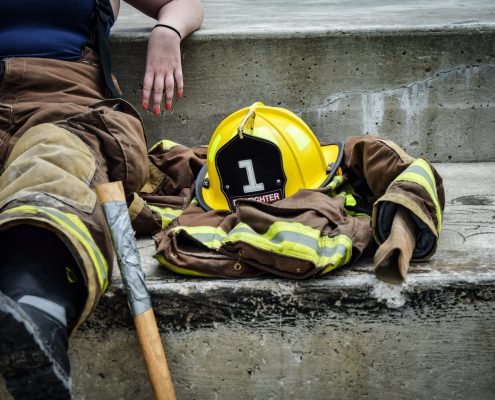SAFETY MEASURES AND PRECAUTIONS

In any industry the health and safety of the staff is paramount, working in Oil and Gas has its own
risks and therefore relies on an emphasis on a safe environment, skilled and competent staff and
updated procedures.
According to the Centre for Disease, Control and Prevention (CDC) the growing
“SAFETY FIRST, JOB SECOND” due to which over the period of time this culture has steadily
decreased offshore/onshore oil rig fatality rates over time.
Introduce a ‘Safety-first’ Mentality
Guaranteeing a safe workplace, specifically on oil rigs, needs to be a top priority that encompasses the mentality, behaviour and attitude of managers, workers and supervisors. It’s a good idea to constantly remind everyone on the rig—including subcontractors and employees—of the significance of keeping a work environment safe.
This involves following all safety rules and regulations as well as being aware of all potential hazards. Leaders that ‘walk the talk’ are always helpful in setting a safety standard. Workers will follow management that commits to safety. However, workers won’t buy in if they don’t see procedures and policies being followed by their superiors.
Make Orientation Mandatory
All transferred and new rig workers in the INDIA or any country should attend a mandatory orientation, such as IADC Rig Pass or Safe rig or NED pass, before being granted permission to be on the rig floor. This type of orientation allows contractors and employees to familiarize themselves with rig and company operational policies as well as worksite rules and expectations, thereby creating a safer work environment.
Train Workers Frequently
Training is not a one-time event—training is an ongoing proposition that provides instruction on the equipment and machinery in use as well as on safety protocol. Offering consistent training for employees shows how committed you are to safety and is another way to create a safety-first mentality.
Wear the Personal Protective Equipment Required
Each site requires mandatory personal protective equipment (PPE), such as gloves, respirators, safety glasses, hard hats, steel-toed boots and fire-resistant clothing. Here’s a good rule of thumb: You are not allowed on site if you don’t wear the right PPE. Proper protective gear is crucial to avoiding injury. It’s always best to wear the proper equipment and not need it, rather than not wear it and regret it.
Start a Positive Reporting System
It is easier to create a safety-first culture in an environment where employees feel free to report their concerns and know that management will not discredit what they’re saying. Reward your employees rather than responding negatively or acting punitively to those who report possible hazards. The process of reporting should also involve the RIGHT TO STOP WORK once a potential safety hazard is noted. Although it is not common to stop the job, a safety-first mentality means that protection from a possibly life-threatening situation trumps production each time.
Build a Respectful and Trustworthy Community
It is very important that safety training involves a human element. This means finding ways for workers to get to know each other. Doing this will build a sense of friendship, mutual respect and trust amongst your employees. When workers form personal relationships, they will be more likely to ask for help, look out for each other’s best interests, seek advice in decision-making and follow the rules—all of which results in overall safety enhancement.
Regularly Communicate Safety
Hosting monthly or weekly safety talks and daily toolbox talk is a wonderful way to introduce a safety mentality among your employees. Instead of just lecturing, interactive small group discussions help to include everyone while allowing time for questions. You can also communicate safety in other ways, like making safety policies available on paper and online, and using your intranet to provide news, updates and best practices.
Teach Subcontractors
Safety needs to be the main concern of everyone on the oil rig, including subcontractors. Only choose subcontractors whose safety record shows this priority, and do not bring anyone on the rig whose record does not. Sit them through the same training and orientation as the other employees.
Implement Routine Housekeeping
Make sure that the pathways, work areas and floors are available with all of the necessary items only not every dam thing on rig which could result in falls, trips and struck-by dangers. Cleaning up drilling fluids that might gather on the floor during pipe handling operations is also important, as well as having signage that quickly and easily shows workers where safety and emergency equipment is.



